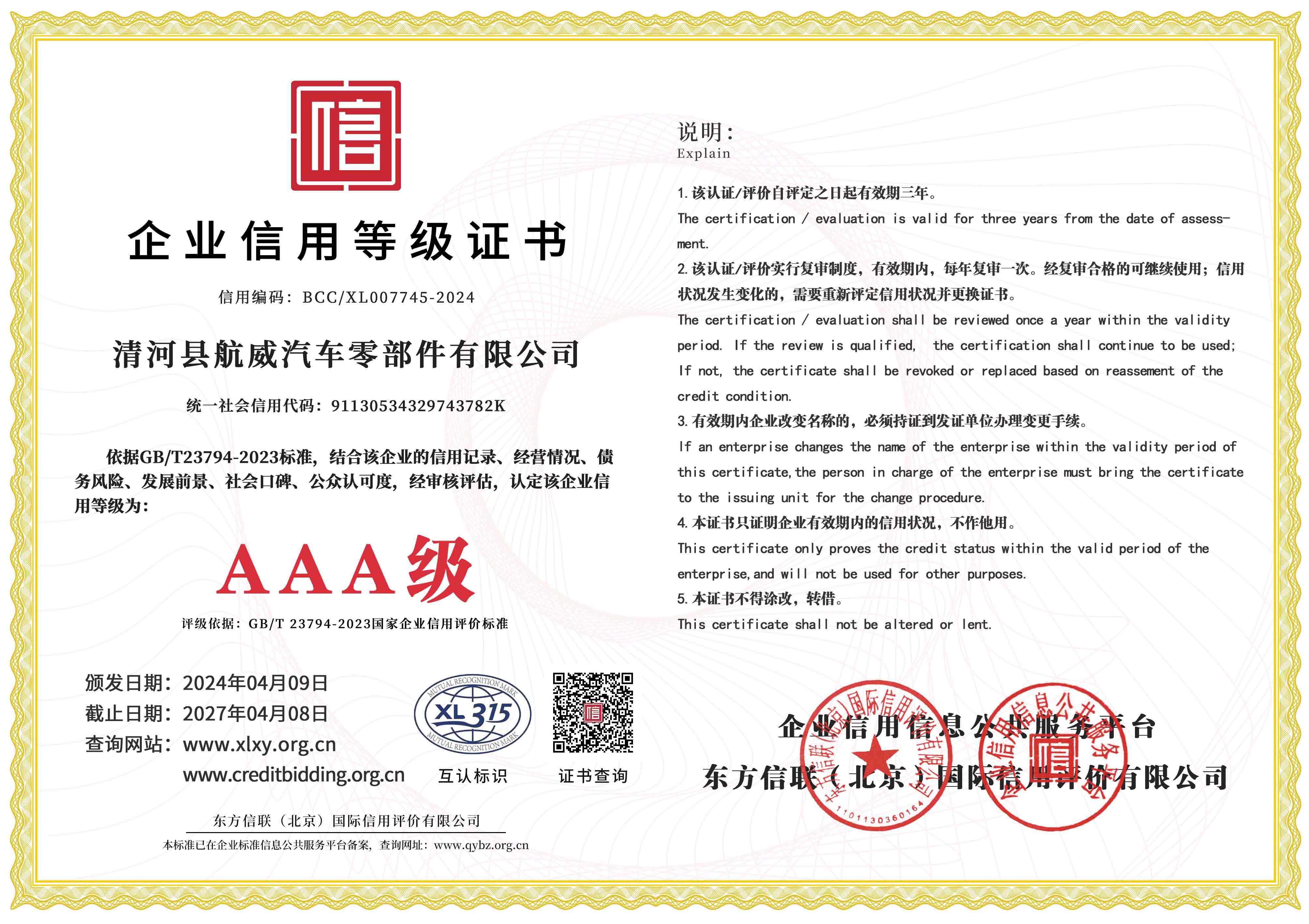How to Properly Adjust Your Throttle Cable for Optimal Performance
Adjusting Throttle Cable A Key Component for Optimal Engine Performance
The throttle cable is a crucial element in the functioning of any internal combustion engine vehicle, whether it’s a car, motorcycle, or truck. It serves as the link between the accelerator pedal and the throttle body, controlling the amount of air or fuel mixture entering the engine. Adjusting the throttle cable correctly is essential to ensure optimal engine performance, smooth acceleration, and overall vehicle reliability. This article explores the importance of the throttle cable, the signs that it may need adjustment, and the steps to perform the adjustment effectively.
Importance of a Well-Adjusted Throttle Cable
The primary function of the throttle cable is to regulate engine speed and power output. When you press the accelerator, the pedal moves the throttle cable, which in turn opens the throttle valve, allowing more air and fuel into the engine. A properly adjusted throttle cable ensures that there is no excessive slack or tension, which can lead to delayed throttle response or over-revving, respectively.
An improperly adjusted throttle cable can result in several performance issues. For instance, if the cable is too loose, the response may be sluggish, causing the vehicle to hesitate when trying to accelerate. Conversely, if the cable is too tight, it can lead to an overly sensitive throttle, making it challenging to control speed and increasing the risk of rapid acceleration. In both cases, the overall driving experience is compromised, highlighting the necessity of regular checks and adjustments.
Signs that You Need to Adjust Your Throttle Cable
There are several signs that may indicate your throttle cable requires adjustment. One of the most common indicators is unresponsive or delayed throttle action. If you notice that pressing the accelerator pedal does not correlate directly with engine response time, it is time for an inspection.
Another sign to watch for is a stiff or overly sensitive pedal. If you have difficulty pressing the throttle or feel that it responds too quickly, these could be symptoms of improper cable tension. Additionally, if you hear unusual sounds, such as clicking or grinding, when accelerating, this may also indicate that the throttle cable is misaligned or worn out.
How to Adjust the Throttle Cable
adjusting throttle cable

Adjusting the throttle cable is a relatively straightforward process that can often be done at home with basic tools
. Here are the steps you need to follow1. Locate the Throttle Cable First, find the throttle cable under the hood of your vehicle. It typically runs from the accelerator pedal to the throttle body.
2. Inspect the Cable Check the cable for any signs of wear or damage. If the cable is frayed or cracked, it may need to be replaced rather than adjusted.
3. Check for Slack Press the accelerator pedal and observe how much movement occurs before the throttle body responds. There should be minimal slack.
4. Adjust the Tension Most throttle cables have an adjustment screw or nut. Loosen it slightly, then pull the cable taut but not overly tight. Re-secure the adjustment screw once you achieve the desired tension.
5. Test Drive After making adjustments, take the vehicle for a test drive. Pay attention to the throttle response and make further adjustments if necessary.
6. Final Check Once satisfied with the tuning, perform a final inspection for any signs of rubbing or friction in the cable path.
By maintaining an adequately adjusted throttle cable, you ensure not only improved engine performance but also enhance your overall driving experience. Regular inspections and timely adjustments can prolong the life of your vehicle’s components and keep them operating at their best. Always remember, a minor adjustment can make a significant difference in how your vehicle drives.
-
Workings of Clutch Pipe and Hose SystemsNewsJun.04,2025
-
The Inner Workings of Hand Brake Cable SystemsNewsJun.04,2025
-
The Secrets of Throttle and Accelerator CablesNewsJun.04,2025
-
The Hidden Lifeline of Your Transmission Gear Shift CablesNewsJun.04,2025
-
Demystifying Gear Cables and Shift LinkagesNewsJun.04,2025
-
Decoding Clutch Line Systems A Comprehensive GuideNewsJun.04,2025
